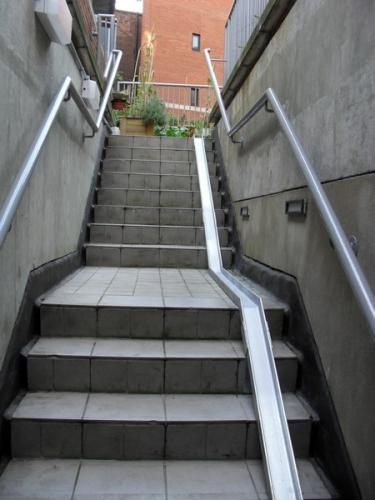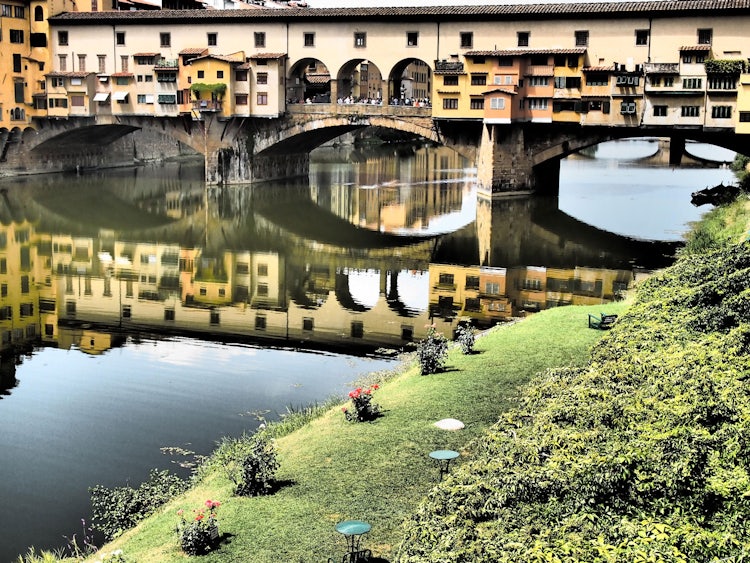Expansion joints- Here is some research on expansion joints
What is an expansion joint : An expansion joint or movement joint is an assembly designed to safely absorb the heat induced expansion and contraction of construction materials, to absorb vibration, to hold parts together, or to allow movement due to ground settlement or earthquakes. They are safety components used in bridges.Here is an image of an expansion joint below.
Bridge expansion joints are designed to allow for continuous traffic between structures while accommodating movement, shrinkage, and temperature variations on reinforced and prestressed concrete, composite, and steel structures. They stop the bridge from bending out of place in extreme conditions, and also allow enough vertical movement to permit bearing replacement  without the need to dismantle the bridge expansion joint.
without the need to dismantle the bridge expansion joint.
Pipe expansion joints are necessary in systems that convey high temperature substances such as steam or exhaust gases, or to absorb movement and vibration. A typical joint is a Bellows of metal (most commonly stainless stell), plastic (such as PTFE), fabric (such as glass fibre) or an elastomer such as rubber. A bellows is made up of a series of convolutions, with the shape of the convolution designed to withstand the internal pressures of the pipe, but flexible enough to accept axial, lateral, and angular deflections. Expansion joints are also designed for other criteria, such as noise absorption, anti-vibration, earthquake movement, and building settlement. Metal expansion joints have to be designed according to rules laid out by EJMA, for fabric expansion joints there are guidelines and a state-of-the-art description by the Quality Association for Fabric Expansion Joints. Pipe expansion joints are also known as “compensators”, as they compensate for the thermal movement.
Expansion joints are often included in industrial piping systems to accommodate movement due to thermal and mechanical changes in the system. When the process requires large changes in temperature, metal components change size. Expansion joints with metal bellows are designed to accommodate certain movements while minimizing the transfer of forces to sensitive components in the system.
Pressure created by pumps or gravity is used to move fluids through the piping system. Fluids under pressure occupy the volume of their container. The unique concept of pressure balanced expansion joints is they are designed to maintain a constant volume by having balancing bellows compensate for volume changes in the bellows (line bellows) which is moved by the pipe. An early name for these devices was pressure-volumetric compensator.
Ways expansion joints are manufactured
Wrapping fabric reinforced rubber sheets
Rubber expansion joints are mainly manufactured by manual wrapping of rubber sheets and fabric reinforced rubber sheets around a bellows-shaped product mandrel. Besides rubber and fabric, reinforced rubber and/or steel wires or metal rings are added for additional reinforcement. After the entire product is built up on the mandrel, it is covered with a winding of (nylon) peel ply to pressurize all layers together. Because of the labor-intensive production process, a large part of the production has moved to eastern Europe and Asian countries.
Molded rubber expansion joints
Some types of rubber expansion joints are made with a molding process. Typical joints that are molded are medium-sized expansion joints with bead rings, which are produced in large quantities. These rubber expansion joints are manufactured on a cylindrical mandrel, which is wrapped with bias cut fabric ply. At the end the bead rings are positioned and the end sections are folded inwards over the bead rings. This part is finally placed in a mold and molded into shape and vulcanized. This is a highly automated solution for large quantities of the same type of joint.
Automated winding of rubber expansion joints
New technology has been developed to wind rubber and reinforcement layers on the (cylindrical or bellows-shaped) mandrel automatically using industrial robots instead of manual wrapping. This is fast and accurate and provides repeatable high quality. Another aspect of using industrial robots for the production of rubber expansion joints is the possibility to apply an individual reinforcement layer instead of using pre-woven fabric. The fabric reinforcement is pre-woven and cut at the preferred bias angle. With individual reinforcement it is possible to add more or less fiber material at different sections of the product by changing the fiber angles over the length of the product.
Expansion joint components
Liners
Internal liners can be used to either protect the metallic bellows from erosion or reduce turbulence across the bellows. They must be used when purge connectors are included in the design. In order to provide enough clearance in the liner design, appropriate lateral and angular movements must be specified by the designer. When designing an expansion joint with combination ends, flow direction must be specified as well.
Covers
External covers should be used to protect the internal bellows from being damaged. They also serve a purpose as insulation of the bellows. Covers can either be designed as removable or permanent accessories.
Particulate barriers/purge connectors
In systems that have a media with significant particulate content (i.e. flash or catalyst), a barrier of ceramic fiber can be utilized to prevent corrosion and restricted bellows flexibility resulting from the accumulation of the particulate. Purge connectors may also be utilized to perform this same function. Internal liners must also be included in the design if the expansion joint includes purge connectors or particulate barriers.
Limit rods
Limit rods may be used in an expansion joint design to limit the axial compression or expansion. They allow the expansion joint to move over a range according to where the nut stops are placed along the rods. Limit rods are used to prevent bellows over-extension while restraining the full pressure thrust of the system
Failure modes
Expansion joint failure can occur for various reasons, but experience shows that failures falls into several distinct categories. This list includes, but is not limited to: shipping and handling damage, improper installation/insufficient protection, during/after installation, improper anchoring, guiding, and supporting of the system, anchor failure in service, corrosion, system over-pressure, excessive bellows deflection, torsion, bellows erosion, and particulate matter in bellows convolutions restricting proper movement.
There are various actions that can be taken to prevent and minimize expansion joint failure. During installation, prevent any damage to the bellows by carefully following the instructions furnished by the manufacturer.After installation, carefully inspect the entire piping system to see if any damage occurred during installation, if the expansion joint is in the proper location, and if the expansion joint flow direction and positioning is correct.Also, periodically inspect the expansion joint throughout the operating life of the system in order to check for external corrosion, loosening of threaded fasteners and deterioration of anchors, guides, and other hardware.
Other expansion joint types- Copper expansion joint
Copper expansion joints are excellent materials designed for the movement of building components due to temperature, loads, and settlement. Copper is easy to form and lasts a long time. Details regarding roof conditions, roof edges, floors, are availabl




















